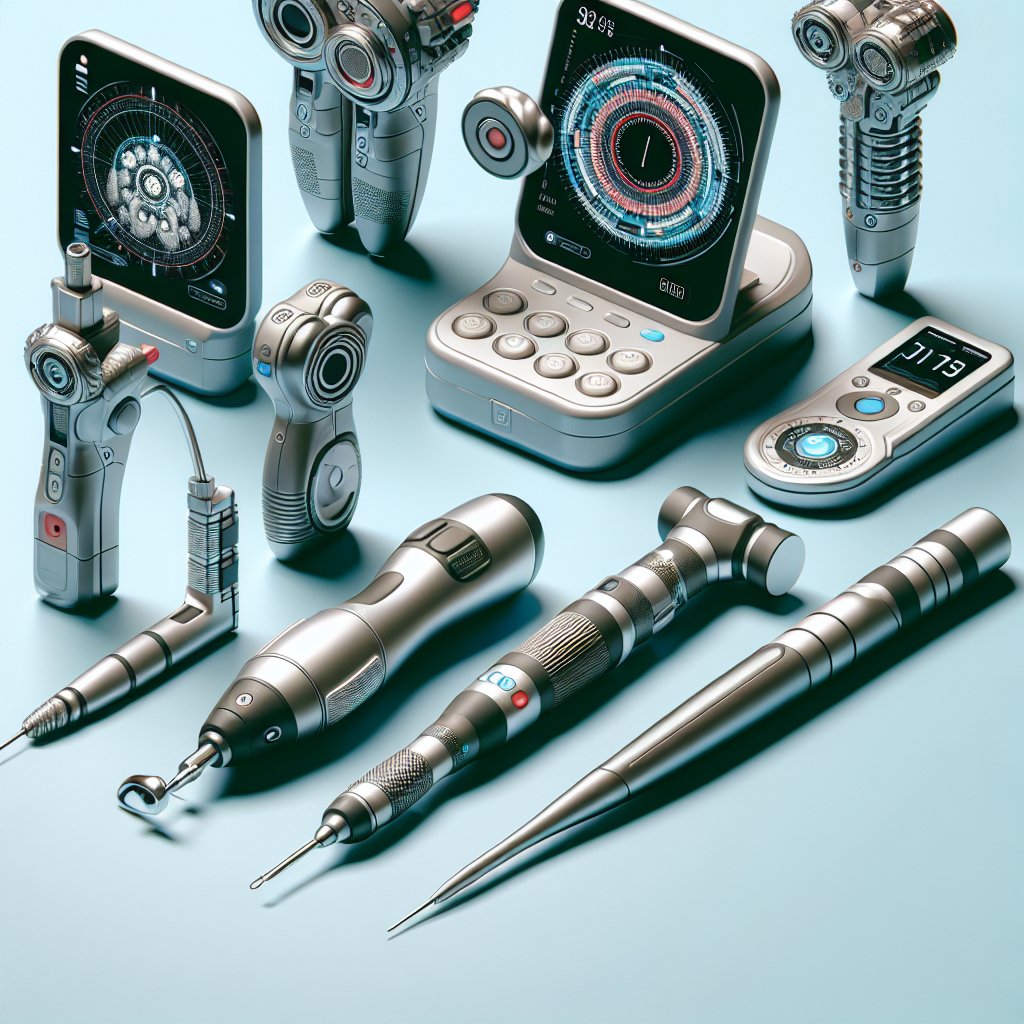New tools for diagnosing and treating TMJ disorders have emerged as a significant advancement in dental medicine. Temporomandibular joint (TMJ) disorders affect millions of people worldwide, causing pain and discomfort that can severely impact daily life. Understanding these disorders and the innovative tools available for their diagnosis and treatment is crucial for both dental professionals and patients alike. This article will explore the nature of TMJ disorders, the latest diagnostic tools, and the treatment options that are transforming patient care.
Understanding TMJ Disorders
TMJ disorders encompass a range of conditions affecting the temporomandibular joint, which connects the jawbone to the skull. These disorders can result from various factors, including injury, arthritis, teeth grinding, and jaw misalignment. Symptoms often include:
- Pain in the jaw, neck, or shoulders
- Difficulty chewing or biting
- Clicking or popping sounds when moving the jaw
- Headaches or migraines
- Earaches or ringing in the ears
Due to the complexity of the TMJ and its surrounding structures, diagnosing these disorders can be challenging. Traditional methods often rely on patient history and physical examinations, but advancements in technology are paving the way for more accurate and efficient diagnostic processes.
Innovative Diagnostic Tools
Recent developments in diagnostic tools have significantly improved the ability to identify TMJ disorders. These tools not only enhance the accuracy of diagnoses but also help in formulating effective treatment plans. Some of the most notable innovations include:
1. 3D Imaging Technology
3D imaging technology, such as cone beam computed tomography (CBCT), provides detailed images of the jaw and TMJ. This technology allows dentists to visualize the joint’s structure in three dimensions, enabling them to identify abnormalities that may not be visible through traditional X-rays. The enhanced clarity and detail of 3D images facilitate better diagnosis and treatment planning.
2. Electromyography (EMG)
Electromyography is a technique used to assess the electrical activity of muscles. In the context of TMJ disorders, EMG can help evaluate the function of the muscles involved in jaw movement. By analyzing muscle activity patterns, dentists can identify dysfunctions that contribute to TMJ pain and discomfort. This information is invaluable for developing targeted treatment strategies.
3. Computerized Jaw Tracking
Computerized jaw tracking systems measure the movement of the jaw during various activities, such as chewing and speaking. These systems provide real-time data on jaw function, helping dentists understand how the TMJ is performing. By identifying abnormal movement patterns, practitioners can better diagnose the underlying causes of TMJ disorders and tailor treatment accordingly.
4. Ultrasound Imaging
Ultrasound imaging is a non-invasive diagnostic tool that can visualize soft tissues around the TMJ. This technology allows for the assessment of inflammation, joint effusion, and other soft tissue abnormalities. Ultrasound is particularly useful for monitoring the progress of treatment and making necessary adjustments based on the patient’s response.
Advancements in Treatment Options
Alongside diagnostic innovations, new treatment options for TMJ disorders are also emerging. These treatments aim to alleviate pain, restore function, and improve the overall quality of life for patients. Some of the most promising advancements include:
1. Physical Therapy
Physical therapy has become a cornerstone in the treatment of TMJ disorders. Tailored exercises can help strengthen the jaw muscles, improve flexibility, and reduce pain. Physical therapists may also employ techniques such as ultrasound therapy, heat application, and manual therapy to enhance treatment outcomes.
2. Splint Therapy
Occlusal splints, or bite guards, are custom-made devices that fit over the teeth to help alleviate pressure on the TMJ. These splints can reduce teeth grinding and clenching, which are common contributors to TMJ disorders. By redistributing forces during jaw movement, splint therapy can provide significant relief from pain and discomfort.
3. Injections
In some cases, injections of corticosteroids or hyaluronic acid may be used to reduce inflammation and improve joint lubrication. These injections can provide temporary relief for patients suffering from severe pain or limited jaw movement. However, they are typically considered when conservative treatments have not yielded satisfactory results.
4. Minimally Invasive Surgical Techniques
For patients with severe TMJ disorders that do not respond to conservative treatments, minimally invasive surgical options may be considered. Procedures such as arthroscopy allow dentists to visualize and treat joint issues with minimal disruption to surrounding tissues. These techniques can address problems like joint adhesions, disc displacement, and other structural abnormalities.
5. Neuromuscular Dentistry
Neuromuscular dentistry focuses on the relationship between the jaw, teeth, and muscles. This approach aims to achieve a balanced bite and proper jaw alignment, which can alleviate TMJ symptoms. By using advanced diagnostic tools and techniques, neuromuscular dentists can create personalized treatment plans that address the unique needs of each patient.
Conclusion
The emergence of new tools for diagnosing and treating TMJ disorders marks a significant advancement in dental care. With innovative diagnostic technologies like 3D imaging, EMG, and computerized jaw tracking, dental professionals can more accurately identify the underlying causes of TMJ disorders. Coupled with advanced treatment options such as physical therapy, splint therapy, and minimally invasive surgical techniques, patients can experience improved outcomes and a better quality of life.
As research continues to evolve in this field, it is essential for both dental practitioners and patients to stay informed about the latest developments. By embracing these advancements, we can enhance our understanding of TMJ disorders and provide effective, patient-centered care that addresses the unique challenges faced by those affected by these conditions.




